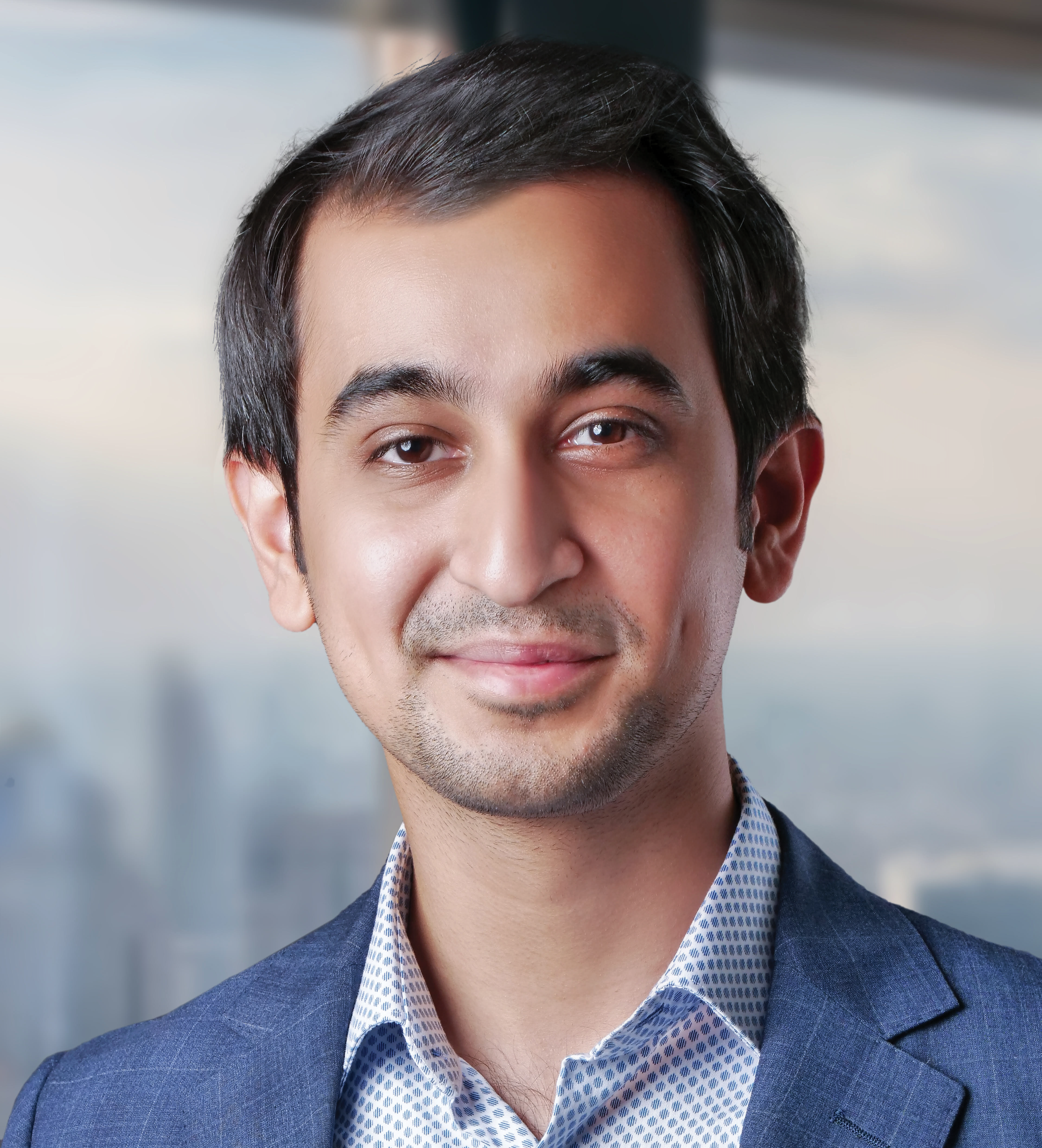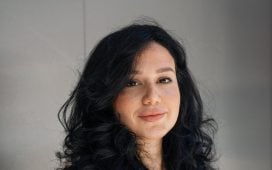
Is AI having a marked difference within the OOH space in terms of creative and operational efficiencies?
AI is transforming everything. Period. From the planning teams to the buying teams – all clients have started using these tools to optimize their campaigns. AI has made it so much easier to track performance of past campaigns and select suitable locations based on past client purchase habits that it is inefficient to run a campaign without these tools.
Is OOH undergoing a creative renaissance against stereotypes and visual clutter? If not, does it need one?
With the formation of Mada Media Company and the release of the new RTA advertising guidelines, if they are implemented correctly, the visual clutter issue will be resolved. If you pass by certain areas in Dubai currently, it can feel like walking through a grocery store with multiple advertising structures often placed next to each other with no distance. Suppliers need to be a bit more creative—the boring old structures no longer suit this city. However, over the past year or so, I have seen some beautiful structures being constructed across the city.
What is your take on the state of the attention economy, and what does OOH have to offer in this landscape?
Limited attention – what is this not changing? From movie scenes to TikTok videos, everything has been affected by this. If the client artwork is not attention-grabbing, the campaign becomes a part of the clutter. Clients have to start being more creative; from 3D artworks to colours that appeal to the modern consumer, everything has to change. The blend of physical presence and digital innovation makes it a powerful tool in the attention economy, helping brands connect with audiences in authentic and engaging ways.
Can you comment on how digital technologies have enhanced measurement capabilities over the past year?
These advancements have made it easier for brands to track the effectiveness of their campaigns, understand audience behaviour, and optimise their ad spend. Geo-fencing, unique QR codes, AI-driven predictive analysis, and digital retargeting have made it much easier for agencies to start calculating ROI using real-time data insights. Furthermore, access to these technologies and tools has made outdoor a much more transparent medium of advertising.
How can OOH perform at every stage of the marketing funnel?
From awareness to post-purchase, OOH plays a huge role in every step of the customer journey. If a brand only focuses its campaigns on the conversion stage, expecting customers to purchase or utilise their services based on a few call-to-action ads, the campaign is bound to fail. OOH creates a sense of repetition and reassurance at every stage of the purchase journey, from awareness to conversion, that the brand has a presence and will be around.
Is sustainability still a critical issue within the OOH industry, and how should it be addressed?
For sure, from static artworks to the ever-growing issues of PVC flex disposal to the carbon contribution of each OOH location through the use of generators and the light pollution caused by digital screens—these are all solvable issues. Suppliers just have to be willing to address them. We are one of the few, if not the only, agencies in the country that follow a zero-to-landfill policy for our OOH mediums. Furthermore, with the planting of trees and other green initiatives, we aim to reach a carbon net-zero target by December 2024. As suppliers, we have to think outside the box and stop focusing solely on the bottom line—every problem is then solvable.
What have been the top demands from brands and clients in 2024?
Clients have started getting more demanding with the creative, not just the quality of print but even the 3D artworks, the aesthetics of the location, the surrounding location – everything is being considered by a client before sending a booking order.
Which OOH campaign (apart from ones that you’ve been involved in) has caught your attention the most in 2024?
I feel the three back-to-back mediums on Sheikh Zayed Road are absolutely stunning. The only con of digital ooh is the lack of repetitiveness, and these locations tackle that. By running only 4 clients at a time, the advertisers are sure to catch the attention of the drivers regardless of the speed they are driving at.
By Kasif Merchant, Founder and Managing Partner at Footprint.









